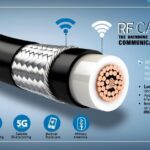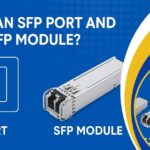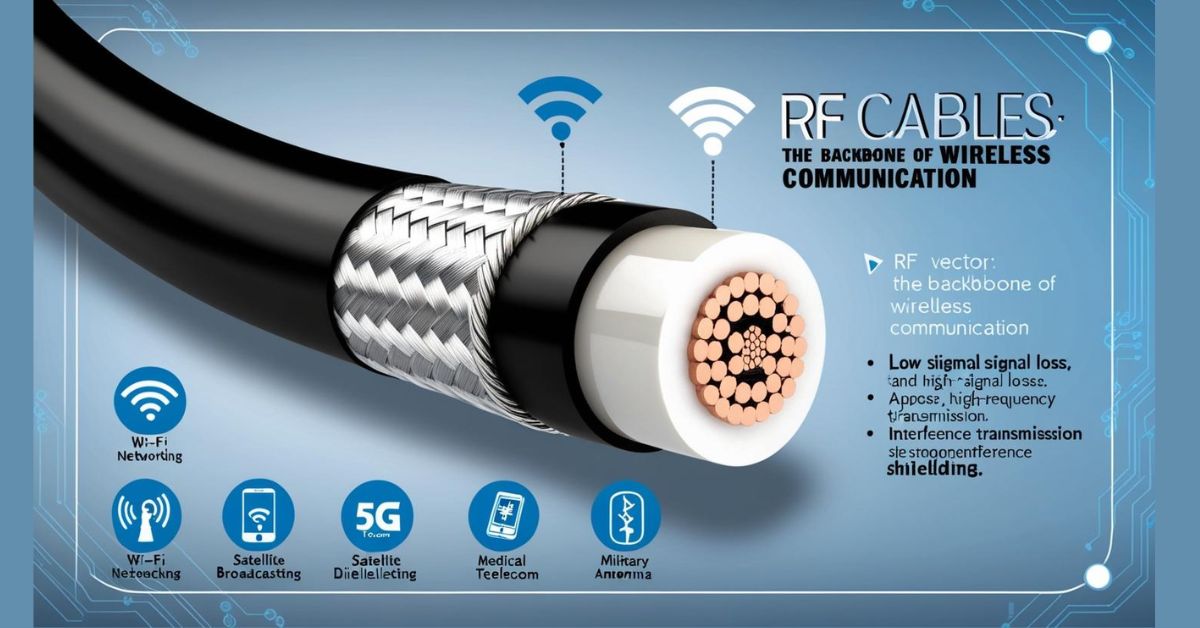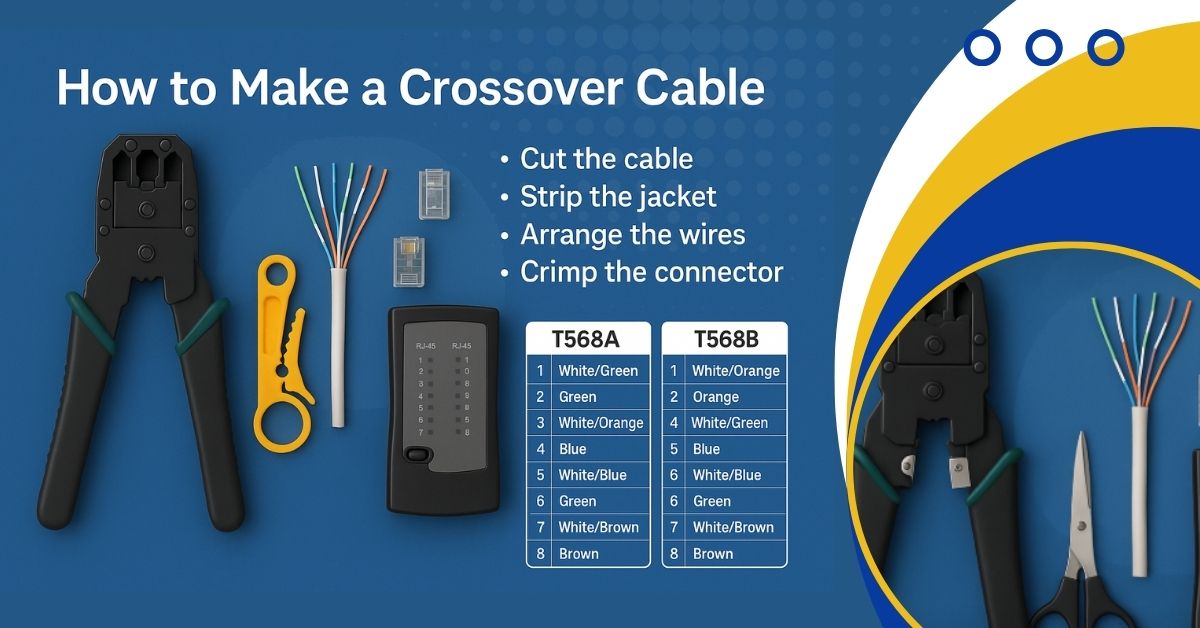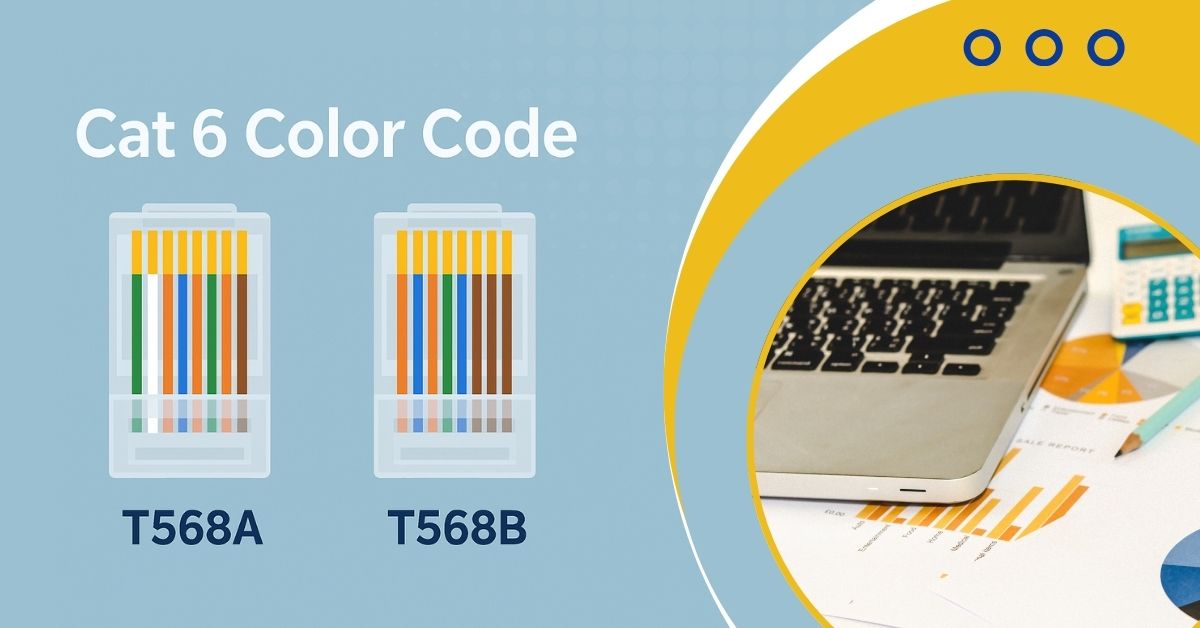In today’s high-speed digital world, efficient networking is vital for businesses, data centers, and telecommunications providers. Whether you’re a tech professional or just curious about networking hardware, understanding what an SFP port and SFP module are—and how they work together—is essential. This article breaks down everything you need to know, from definitions and benefits to practical use cases.
What Is an SFP Port?
An SFP port, short for Small Form-factor Pluggable port, is a standardized network interface used in routers, switches, servers, and other networking equipment. Unlike fixed RJ45 Ethernet ports, SFP ports are designed to be modular and adaptable. You can plug in different types of SFP modules based on your network needs—whether it’s copper, fiber, or even different transmission distances.
SFP ports allow for hot-swappable modules, meaning you can install or remove a module without shutting down the entire device. This adds flexibility and ease of upgrade to modern networks, making it easier to manage and expand network infrastructure.
What Is an SFP Module?
An SFP module is a compact, hot-swappable transceiver that plugs into an SFP port. It serves as the interface between the networking hardware and the cable, converting electrical signals into optical signals (in the case of fiber) or keeping them electrical (in the case of copper). These modules are essential for connecting networking devices over varying distances and transmission types.
There are different types of SFP modules depending on the cabling and range requirements, such as single-mode fiber, multi-mode fiber, and copper Ethernet.
Different Types of SFP Modules
SFP modules are categorized based on the type of transmission media and the distance they support. Here are the most common ones:
1. Single-Mode SFP Modules (SMF)
- Used for long-distance communication.
- Typically support distances up to 10 km to 100+ km.
- Ideal for telecommunications and backbone infrastructures.
2. Multi-Mode SFP Modules (MMF)
- Designed for shorter distances.
- Supports up to 550 meters, depending on the cable and speed.
- Commonly used in local area networks (LANs) and data centers.
3. Copper SFP Modules (RJ45)
- Transmit data over standard Cat5e/Cat6 copper cables.
- Usually support speeds of 1 Gbps up to 100 meters.
- Cost-effective and perfect for short-range Ethernet connections.
4. SFP+ Modules
- An enhanced version of SFP modules.
- Supports 10 Gbps and is used in high-speed networks.
- Available in both fiber and copper variations.
Key Benefits of Using SFP Ports and Modules
Flexibility
One of the biggest advantages of using SFP ports is the ability to adapt to various network needs. You can switch between copper and fiber modules depending on your infrastructure or future requirements.
Scalability
As your network grows, SFP ports allow for quick upgrades. You can change the module type or transmission speed without replacing the entire hardware.
Hot Swapping
SFP modules can be added or removed without turning off the device, which reduces downtime and simplifies maintenance.
Space Efficiency
SFP modules are compact, enabling more ports to fit into switches and routers without sacrificing performance.
SFP Port vs RJ45 Port: Which One Should You Use?
| Feature | SFP Port | RJ45 Port |
| Media Type | Fiber or Copper (via SFP Module) | Copper (Ethernet only) |
| Speed Support | 1 Gbps to 10 Gbps (with SFP+) | Typically 1 Gbps |
| Max Distance | Up to 100+ km (with SMF) | Up to 100 meters |
| Flexibility | High (swap modules) | Low |
| Use Cases | Data centers, long-range links | Office LANs, short-range links |
If you’re building a network that requires long-distance data transfer or high performance, SFP ports with fiber modules are the better choice. For cost-sensitive, short-distance setups, RJ45 ports using standard Ethernet cables might be sufficient.
Real-World Applications of SFP Ports and Modules
Enterprise Networks
Large organizations use SFP ports to connect different departments and buildings using fiber optics. This helps maintain high-speed and reliable communication across the campus.
Data Centers
Data centers rely heavily on SFP and SFP+ modules for scalable and high-bandwidth connectivity between racks and network nodes.
Telecommunications
ISPs and telecom companies use SFP modules for fiber-optic internet distribution and long-distance communication.
IP Security Cameras
Many security systems use SFP modules to extend surveillance camera connections across large campuses or industrial zones using fiber cables.
Industrial Networking
Industrial environments often require rugged, long-distance connections where fiber SFP modules excel due to their resistance to electromagnetic interference.
Things to Consider Before Choosing an SFP Module
Before buying an SFP module, it’s important to consider:
- Compatibility: Make sure the module is compatible with your switch, router, or NIC.
- Cable Type: Decide whether you’ll use fiber or copper cabling.
- Distance: Choose single-mode or multi-mode based on how far the signal needs to travel.
- Speed Requirements: Select standard SFP (1 Gbps) or SFP+ (10 Gbps) depending on your bandwidth needs.
- Wavelengths: In fiber optics, different wavelengths (e.g., 850nm, 1310nm, 1550nm) are used for different distances and purposes.
How to Install an SFP Module
Installing an SFP module is straightforward:
- Power off your device if required (though most support hot swapping).
- Remove the protective dust cover from the SFP port.
- Align the SFP module with the port and insert it gently.
- Connect the appropriate fiber or Ethernet cable to the module.
- Verify that the link is established via the device’s LED indicator or console.
Always handle SFP modules with care and avoid touching the optical interface.
Common Questions About SFP Ports and Modules
Can I use a copper SFP module in a fiber SFP port?
Yes. SFP ports are modular and can accept both copper and fiber SFP modules, provided the device supports the module type.
What is the maximum speed of an SFP port?
Standard SFP ports support up to 1 Gbps, while SFP+ supports 10 Gbps. For even higher speeds, there are QSFP (40 Gbps) and QSFP+ (100 Gbps) modules.
Are SFP modules universal?
Not always. While many modules follow the same physical standard, some network equipment manufacturers use proprietary locking mechanisms or firmware. Always check for compatibility.
Final Thoughts
Understanding what an SFP port and SFP module are is essential for anyone involved in modern networking. These small, modular components offer unmatched flexibility, scalability, and performance. Whether you’re building a home lab, managing enterprise infrastructure, or setting up a large-scale data center, SFP technology allows you to adapt to a wide range of network requirements.
By choosing the right SFP modules—and using them with the appropriate SFP ports—you’ll ensure reliable, high-speed connectivity that can grow with your organization’s needs.
FAQs
What does SFP stand for?
SFP stands for Small Form-factor Pluggable. It is a compact, hot-swappable transceiver used to connect networking devices over fiber or copper cables.
What is the difference between SFP and SFP+?
SFP modules typically support speeds up to 1 Gbps, while SFP+ modules support up to 10 Gbps. SFP+ is commonly used in high-performance data centers and enterprise environments.
Can I plug an SFP+ module into a standard SFP port?
No, SFP+ modules are not backward compatible with standard SFP ports. However, you can use SFP modules in SFP+ ports, though the speed will be limited to 1 Gbps.
What types of cables work with SFP modules?
SFP modules support both fiber optic cables (single-mode and multi-mode) and copper Ethernet cables (Cat5e/Cat6) depending on the type of module used.
How far can an SFP module transmit data?
Transmission distance depends on the type of SFP:
- Single-mode fiber (SMF): up to 100+ km
- Multi-mode fiber (MMF): up to 550 meters
- Copper SFP (RJ45): up to 100 meters
Are SFP modules hot-swappable?
Yes, one of the key features of SFP modules is that they are hot-swappable, meaning you can insert or remove them without powering down the network device.
Are all SFP modules compatible with any device?
Not always. While many SFP modules follow universal standards, some devices—especially from brands like Cisco or HP—require vendor-certified modules to ensure full compatibility.
What is the difference between single-mode and multi-mode SFP?
- Single-mode SFPs are used for long-distance communication and operate with narrow laser beams.
- Multi-mode SFPs are designed for short-distance use and utilize LED light for data transmission.
How do I know if my switch supports SFP or SFP+ modules?
Check your device’s specifications sheet or user manual. It should list supported transceiver types and indicate whether it uses SFP or SFP+ ports.
Can I mix different types of SFP modules in the same switch?
Yes, many managed switches allow different types of SFP modules to be used simultaneously—as long as each module is compatible with the switch and paired correctly with the cable and remote device.


